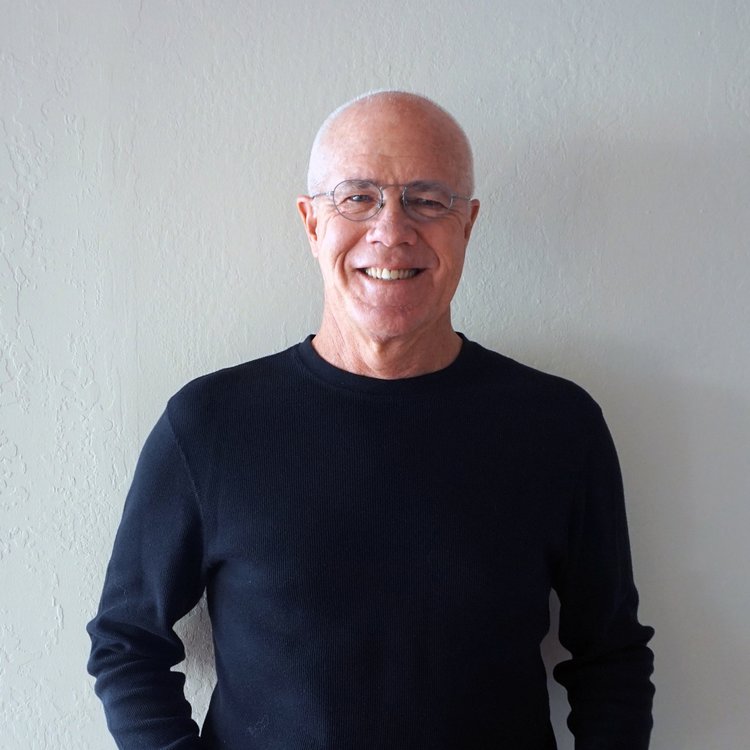First Hit: The integration of human CG characters and humans in film reached a new level here.
In the past, computer graphic (CG) characters have not, visually or emotionally, felt human enough to engage the emotional or deep feeling part of the audience. Despite the action-oriented basis of this film and the main character, Alita: Battle Angel effectively makes this leap and crosses this border.
We begin with Dr. Dyson Ido (Christoph Waltz) is wandering through a massive pile of debris which is being created by Zalem, a tethered city floating about a mile above the earth’s surface. The waste pile is the discard of Zalem.
Ido finds and picks up the remnants of an android that has a human face, but without a body and an engaged brain that appears undamaged. Taking it home, he attaches a body that he’d built for his now deceased daughter and names the girl Alita, after his dead daughter.
He and his ex-wife Chiren (Jennifer Connelly) had a daughter whom they called Alita. She didn’t have use of her body, and Dr. Ido was building a mechanical body to attach to her head so that she would survive. The daughter died too before he could finish. Bitterness between Ido and Chiren developed, and Chiren joined Vector (Mahershala Ali) to control the earth’s inhabitants. Vector gets his direction and commands from Nova (Edward Norton) who is the supreme being on Zalem.
The new Alita has no previous memories of where she came from and who she is so when she tries an orange for the first time, is blown away by the flavor. Although later she tries chocolate and thinks this taste is far better than the orange.
Alita soon learns she has skills as a fighter and after meeting Hugo (Keean Johnson) begins to show signs of being able to have and show deep feelings. Hugo wants to go up to Zalem that is dumping the garbage on earth because he thinks his life will be better there. Alita is not so sure that this is a good thing as she begins to understand that Zalem is where she came from, she was a weapon.
Where the film excels is watching Alita grow into her emotions and having some emotional intelligence as a young teenage looking girl is impressive. Showing her love for Hugo and her father is so well done that often I didn’t think of Alita as a robot but as an odd looking human with amazingly expressive eyes and facial features even though she had a body made of Nanotechnology components.
The script also gives Alita plenty of opportunities to show her fighting skills. She becomes a Hunter-Warrior. Hunter-Warriors kill enemies of the people and are paid by representatives of Zalem. All the other Hunter-Warriors think Alita is incapable of fighting until they challenge her. Throughout the film, she proves them wrong about her abilities. Through these battles, Alita proves she’s the best warrior on the planet when she wins the famous Motorball game in which the winner gets a free pass to Zalem. The fights are fun to watch, but they are typical CG in that most of the movements are humanly impossible. However, it is her humanness that makes this better than your standard CG fighter film.
Rosa Salazar as Alita was used as the model to develop the facial features and movements for the CG personnel. Waltz is excellent as Dr. Ido, Alita’s creator and father. He does so much with his facial expressions which help us to believe that Alita is real. Connelly is good as Ido’s ex-wife and right-hand person to Vector. Ali was outstanding as Vector the being who controls earth for Nova. Johnson was excellent as Hugo, the young man who has misguided ideas and falls in love with Alita. James Cameron, Laeta Kalogridis, and Robert Rodriguez wrote the complicated screenplay that also indicates follow-up films will be made. Rodriguez did a great job of using CG technology to bridge the human/machine gap.
Overall: The enjoyment is in the emotional context of the film as the action scenes are typical.
